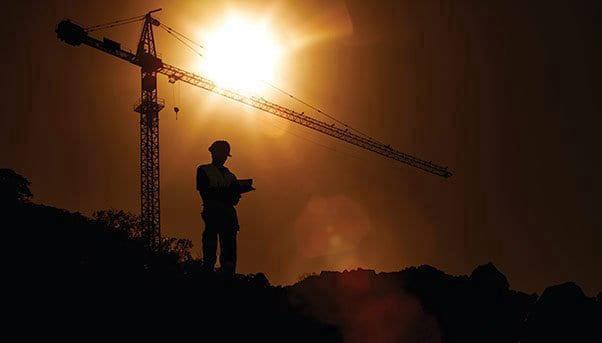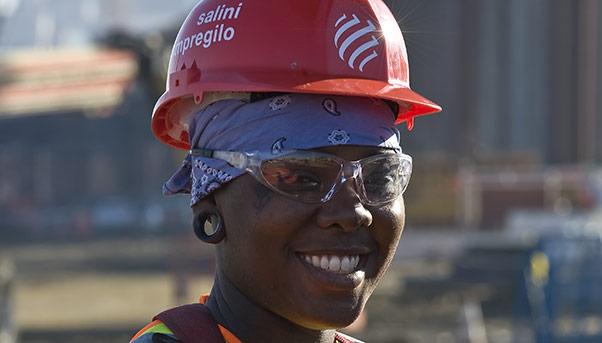
Don’t just take the IMF’s word for it – Salini Impregilo has the numbers to prove it: investment in infrastructure contributes to the social and economic growth and well-being of communities.
The International Monetary Fund says an investment in infrastructure in advanced economies equaling 1% of gross domestic product produces on average a 1.5% increase in GDP over four years. This estimate takes on new meaning when considering the conclusions of a review by Salini Impregilo of the impact that its work has on the communities where it builds public works.
In 2016, Italy’s largest infrastructure group had in its direct and indirect employ about 59,600 people on its construction sites, according to its latest sustainability report. The total was 44% greater than the previous year, mainly due to some major projects going into full production and the contribution of Lane Construction, the group’s U.S. subsidiary. Of the total workforce, 75% of the 34,440 direct employees was made up locals. As for the managers, 63% of them were also local. A similar figure was found among indirect employees, or those who worked for subcontractors or suppliers: some 70% of the other 25,200 of the workforce was local.
The impact that this involvement at the local level had on communities was notable: wages and benefits paid out in 2016 totalled €886 million, 64% more than the prior year.
Salini Impregilo’s support to local suppliers was also noteworthy. An average of 85% of its purchases were made from them. Its projects generated contracts with more than 4,500 suppliers, 94% of which were local. As a result, the total economic value distributed through the supply chain was €4.4 billion. Of that amount, 36% was for services, 34% for subcontractors and 27% for goods and raw materials. All of this is proof of how public works can distribute wealth wherever they are being built, whether it be in Africa, Asia, the Americas or the Middle East. Not only do they do it by providing wages and skills that their construction provides people, but also the role they eventually play in communities when they are completed.
For some types of infrastructure, there is yet another role that they play: helping fight climate change, one of the three goals set out under the United Nation’s Agenda 2030 on Sustainable Development Goals and the Paris Agreement on Climate Change, the other two being reviving economic growth and providing inclusive development. Hydroelectric dams, for example, produce of renewable energy without emitting any carbon.

The SEED Model
In order to analyse better the multiplier effect that public works have on employment, Salini Impregilo developed the Socio-Economic Effects Determination Model, or SEED. It calculates the total contribution (direct, indirect or otherwise) that the Group makes to social and economic growth in terms of employment, wages, taxes and GDP.
For 2016, it applied the model to three countries where it had a significant number of workers, namely Italy, Ethiopia and Panama.
In its home market, it contributed to 15,116 jobs, which meant an average of eight for every Salini Impregilo employee.
In Ethiopia, where it has been active for years with the construction of big hydroelectric dams like Gibe III and the GERD, its contribution totalled 167,737 jobs, or 21 for every employee.
In Panama, where Salini Impregilo inaugurated last year the new canal, one of the most complex engineering projects in the world, the Group contributed to 18,438 jobs, or 20 for every employee.
These results confirm how Salini Impregilo’s local investment policies have a significant impact on the economies of the countries where it is present.

